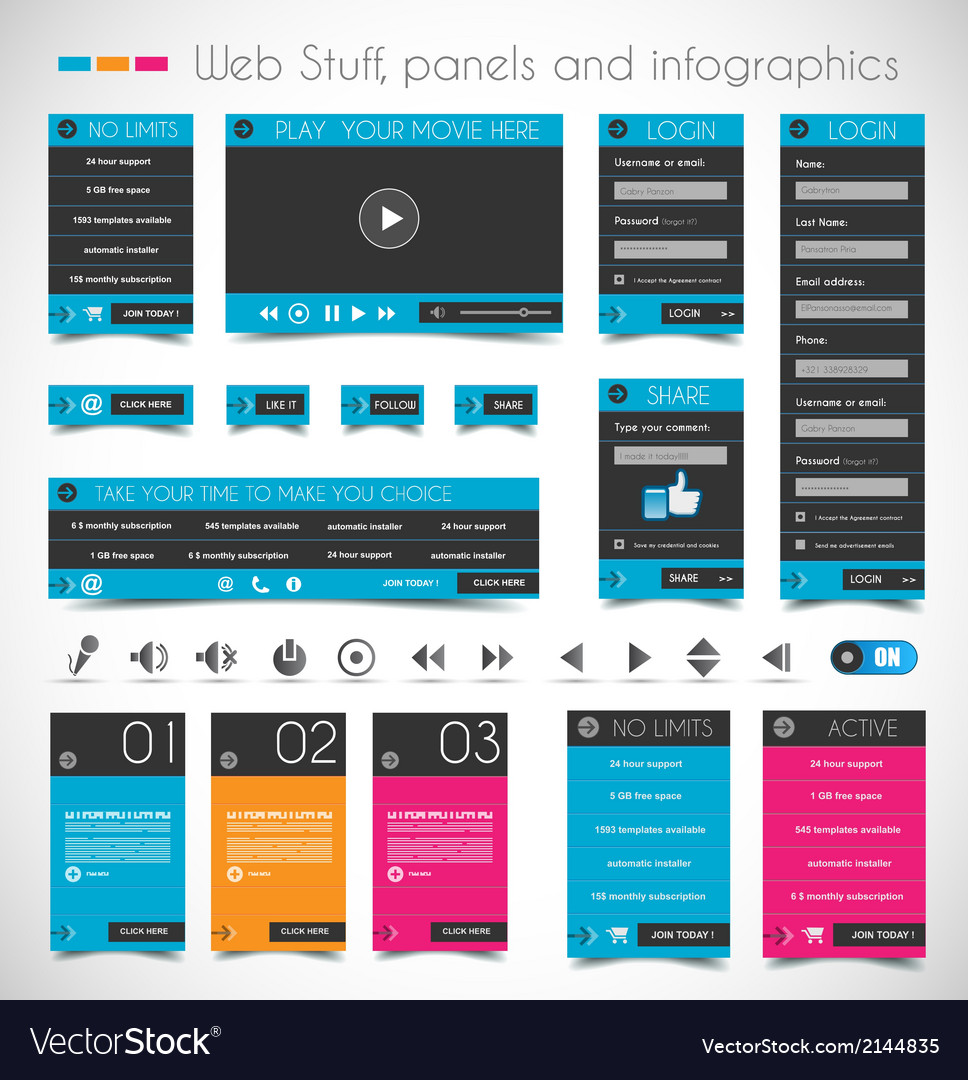Fascinated In Learning How Website Style Has Advanced? Check Out The Trip From Uncomplicated Designs To User-Centric Approaches
Fascinated In Learning How Website Style Has Advanced? Check Out The Trip From Uncomplicated Designs To User-Centric Approaches
Blog Article
Authored By- seo search website
In the past, internet sites were straightforward and concentrated on information. Navigating was straight, and layout was for desktop computers. Currently, user experience is essential. Data guides styles for simple navigation. Responsive designs match different tools. Today, dark setting reduces strain, and minimal menus improve navigation. Interactive functions involve customers, and bold visuals stand out. AI assimilation boosts involvement. See just how design has actually developed to improve your on the internet trip.
Very Early Days of Website Design
In the very early days of web design, simpleness preponderated. Internet sites were standard, with minimal shades, fonts, and designs. The emphasis got on giving info instead of showy visuals. Individuals accessed the net via sluggish dial-up connections, so speed and performance were essential.
local seo google maps were straightforward, commonly situated on top or side of the web page. https://video-marketing-website-d06283.blogoscience.com/35968354/start-your-path-to-coming-to-be-skilled-at-social-media-sites-advertising-and-marketing-by-discovering-key-methods-and-methods were created for desktop, as mobile surfing had not been yet common. Material was king, and designers focused on very easy readability over intricate style aspects.
HTML was the key coding language used, and designers needed to function within its restrictions. Animations and interactive features were minimal contrasted to today's standards. Internet sites were static, with little dynamic material or personalized individual experiences.
Increase of User-Focused Layout
With the evolution of site style, a change in the direction of user-focused design concepts has actually come to be significantly noticeable. Today, creating websites that prioritize individual experience is critical for involving visitors and attaining service goals. User-focused style involves comprehending the requirements, choices, and habits of your target audience to customize the web site's layout, material, and features accordingly.
Designers now carry out extensive research study, such as user surveys and functionality testing, to collect understandings and comments directly from individuals. This data-driven strategy aids in creating intuitive navigation, clear calls-to-action, and aesthetically appealing user interfaces that resonate with visitors. By positioning the customer at the center of the layout process, web sites can supply a much more personalized and enjoyable experience.
Receptive layout has actually also emerged as a crucial element of user-focused style, making certain that websites are enhanced for numerous tools and screen dimensions. This adaptability enhances ease of access and use, accommodating the varied methods users engage with websites today. Essentially, the increase of user-focused layout signifies a change in the direction of creating digital experiences that prioritize the needs and expectations of the end customer.
Modern Trends in Web Design
Check out the most up to date trends forming website design today. https://www.forbes.com/sites/forbesagencycouncil/2022/02/07/want-to-market-on-tiktok-12-top-tips-for-businesses/ is dark setting style, providing a sleek and contemporary appearance while decreasing eye pressure in low-light settings. An additional crucial trend is minimalist navigating, simplifying menus and boosting user experience by focusing on essential elements. Incorporating micro-interactions, such as animated buttons or scrolling results, can produce an extra interesting and interactive website. Responsive layout stays critical, ensuring smooth user experiences throughout various gadgets. Additionally, using vibrant typography and asymmetrical formats can add visual interest and draw attention to certain material.
Integrating AI technology, like chatbots for customer assistance or individualized suggestions, enhances user involvement and streamlines processes. Ease of access has additionally come to be a significant trend, with developers prioritizing comprehensive style methods to satisfy diverse individual demands. Embracing sustainability by maximizing website performance for rate and efficiency is an additional arising pattern in website design. Working together with user feedback and information analytics to iterate and improve style continuously is vital for staying appropriate in the ever-evolving electronic landscape. By accepting these modern-day trends, you can develop a visually appealing, user-friendly site that resonates with your audience.
Final thought
As you assess the development of website style from the very early days to now, you can see just how user-focused design has become the driving force behind modern-day patterns.
Welcome the trip of change and adjustment in website design, always keeping the customer experience at the center.
Stay present with the most up to date fads and technologies, and never ever quit advancing your technique to produce aesthetically spectacular and easy to use sites.
Evolve, adjust, and create - the future of web design is in your hands.
